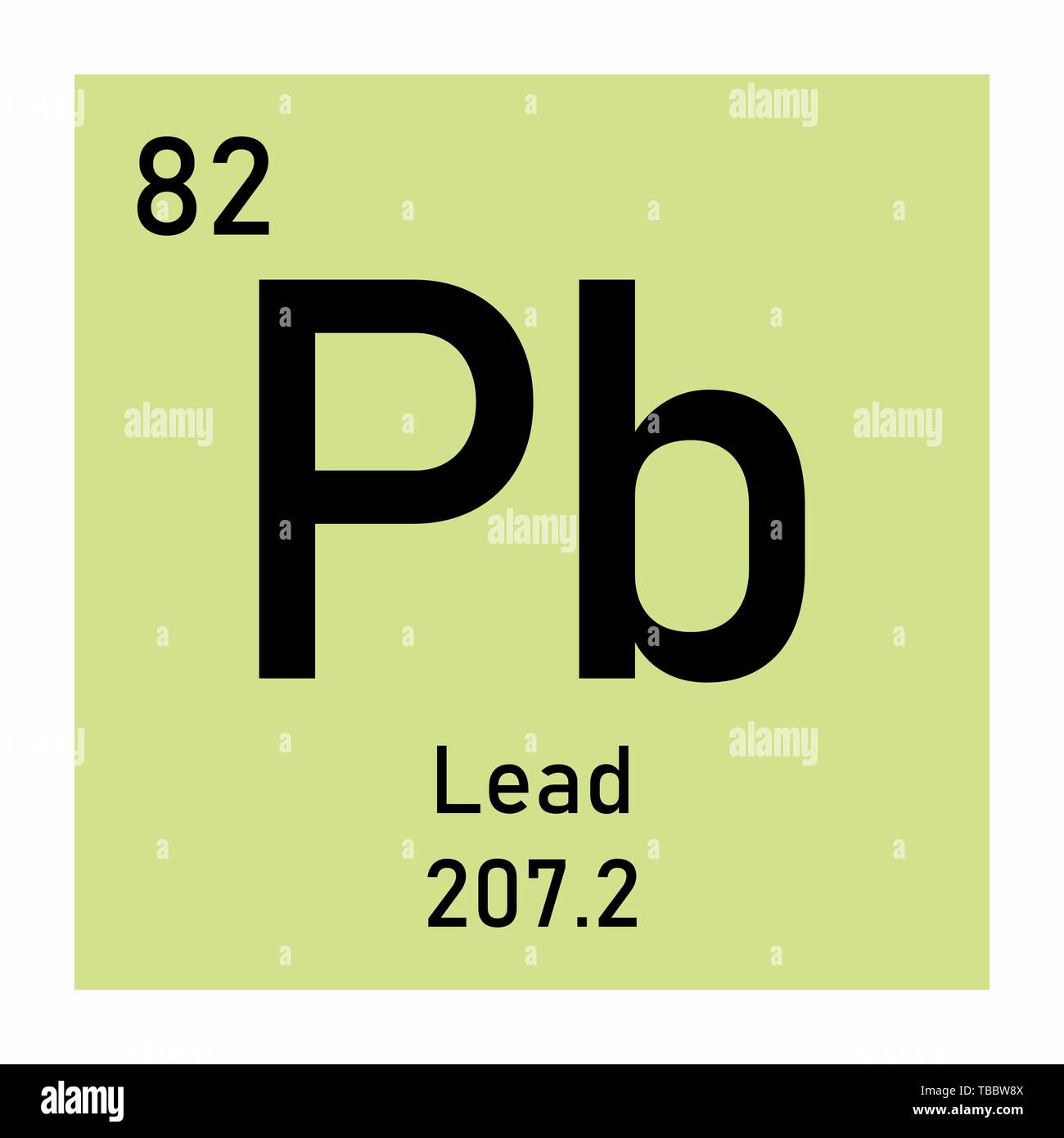

Typical densities of various substances at atmospheric pressure.ĭensity is defined as the mass per unit volume. How does the atomic mass determine the density of materials? Density of Lead The atomic mass number determines especially the atomic mass of atoms. The mass number is different for each different isotope of a chemical element. For 63Cu, the atomic mass is less than 63, so this must be the dominant factor. A nucleus with greater binding energy has lower total energy, and therefore a lower mass according to Einstein’s mass-energy equivalence relation E = mc 2. The nuclear binding energy varies between nuclei.This increases the mass of nuclei with more neutrons than protons relative to the atomic mass unit scale based on 12C with equal numbers of protons and neutrons. The neutron is slightly heavier than the proton.There are two reasons for the difference between mass number and isotopic mass, known as the mass defect: For example, 63Cu (29 protons and 34 neutrons) has a mass number of 63, and an isotopic mass in its nuclear ground state is 62.91367 u. For other isotopes, the isotopic mass usually differs and is usually within 0.1 u of the mass number. One unified atomic mass unit is approximately the mass of one nucleon (either a single proton or neutron) and is numerically equivalent to 1 g/mol.įor 12C, the atomic mass is exactly 12u, since the atomic mass unit is defined from it. One atomic mass unit is equal to 1.66 x 10 -24 grams. The unit of measure for mass is the atomic mass unit (amu). Therefore this resulting atomic mass is calculated from naturally-occurring isotopes and their abundance. Note that each element may contain more isotopes. How does the atomic number determine the chemical behavior of atoms? Atomic Mass of Lead Since the number of electrons is responsible for the chemical behavior of atoms, the atomic number identifies the various chemical elements. Thomson d.Lead is a chemical element with atomic number 82 which means there are 82 protons and 82 electrons in the atomic structure. The atomic theory of matter was first proposed by a. Atoms which have same mass number but different atomic number are called - a. less than the number of electrons in the atomĢ5. more than the number of electrons in the atom d. less than the atomic number of the element c. more than the atomic number of the element b. The number of protons in a negatively charged atom (anion) is - a. Which of the following determines the chemical properties of an element? a. How many electrons does the outermost shell of neon have? a. Which of the following is the correct electronic configuration of Nickel with an atomic number 28? a. Which one among the following most correctly determines the atomic number of an element? a. Which of the following is not a fundamental particle? a. Which of the following is true about a charged atom? a. The proton is heavier than an electron by - a.

Almost the entire mass of an atom is concentrated in the a. The electronic configuration of an atom having atomic number 20 is a. The isotopes of neutral atoms of an element differ in a.

How are the subshells in an atom labelled? a. Who of the following was awarded the Nobel Prize for his measurement of elementary electronic charge? a. Which isotope of hydrogen contains only one proton and no neutron in its nucleus? a. During a chemical reaction, atomic number a. An element has an electronic configuration of 2, 8, 7. Which metal was used by Rutherford in his alpha-scattering experiment? a. What would be the atomic number of the element in whose atom the K and L shells are full? a. Within an atom, the nucleus when compared to the extra nuclear part is - a. Which of the following mostly accounts for the mass of an atom? a. An atom has a mass number of 37 and atomic number 17. Who is credited with the discovery of electron? a. number of protons + number of neutrons d. number of neutrons + number of electrons c. number of protons + number of electrons b. Which of the following defines the Mass number of an atom? a.


 0 kommentar(er)
0 kommentar(er)
